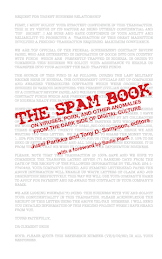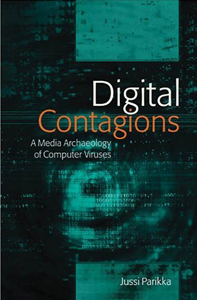1)Expansion of “media” to include a number of such processes, objects and modes of perception, motility and relationality that are not usually seen as “media” in its modern, cultural sense; in this expanded mode, media becomes more an ethological relationality than merely a technological object. Hence, media ecologies can take its cue as much from flows and streams of nature or the modes of perception of animals.
2) Media ecologies engage in transversal communication that tie together the aforementioned “media of nature” to considerations of current media culture. Media ecologies can bring such dispersed practices into proximity through experimental takes, methods, field days, and such that engage for example in rethinking such human-centred notions of security and ownership that characterise contemporary media sphere. With the Eco Media project, this combined with an expansion of the notion of “free media.”
3) Media ecologies in our take act as imaginary media of sorts; but not media of imaginary things, but imagination as extension of the potentialities of media. Through the projects, we can get a glimpse on the idea of media history as a reservoir of R&D, as Garnet Hertz has labelled it in the wake of media archaeological research, which poses not only the demand to rethink temporality in a less linear sense but also the political-economic ties of media in the midst of current eco-crisis.Needs work, but I love this opportunity to continue some of the Insect Media themes but without actually talking about insects per se. That was kind of the idea in that book, ; that insects acted as good vehicles towards thinking "relationality" and ethology of technological objects. The Eco Media project in itself is a wonderful, quirky project that also included the Eco Media open day; natural media olympics and the Pigeon vs. Internet race were among highlights! And of course, the fact that the pigeon won the race due to technical problems with the internet system...









No comments:
Post a Comment